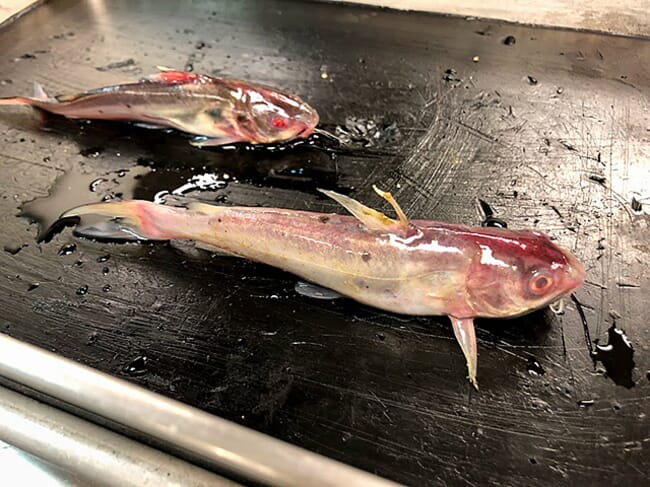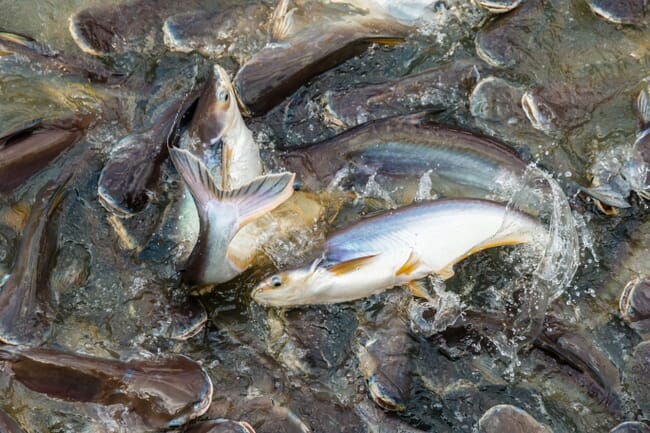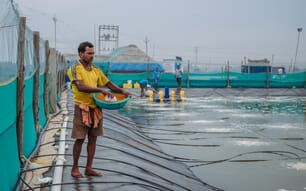Aeromonas hydrophila has ravaged the the US catfish farming industry in Alabama and other states since its discovery in 2009. The bacterial disease causes haemorrhages on the fish’s body, loss of orientation and rapid death.

© Anita M Kelly
ARS scientists have been examining the causes of the disease and identifying infection paths, host mechanisms and researching potential vaccine candidates for A. hydrophila. Though the disease is highly virulent in the field, researchers have had difficulty reproducing the disease in the lab. Bacteria alone do not induce infection in catfish.
“Diseases in farmed fish, like better known livestock species, rarely occur in a bubble,” said Benjamin Beck, research physiologist at ARS’s Aquatic Animal Health Research Unit in Auburn, Alabama.
“Our projects systematically examine many farm- and pond-level factors that contribute to virulence and infection,” Beck said.
“What’s the impact of diet? Oxygen depletion? Chemical treatments? Abrasions? Parasite infections? We don’t have all the answers yet, but we are taking a holistic approach to ensure we truly understand how this pathogen works and the best ways to defeat it.”
One variant in how the disease presented itself was through feeding. “Many farmers had reported that high feed levels were often followed by disease outbreaks,” Beck said.
“Indeed, current research in laboratory settings shows that heavy feeding can increase the susceptibility of fish to the disease. However, while we have preliminary answers to these questions, the work is ongoing.”
Other questions include how farm equipment, pond sediment, and even birds can spread the disease.
“While our research indicates that water quality and feeding regimen play important roles, widespread, long-term mitigation will likely only come through vaccination,” he said. “Fortunately, we have several vaccines in the pipeline, available in three to five years.”

Breeding programmes or genetic selection for disease resistance may be long-term solutions; however, in the shorter term, scientists are continuing to tease apart pond-level changes that can be made day-to-day to reduce the likelihood of large-scale Aeromonas outbreaks.
“Aeromonas hydrophila is an excellent reminder that we can’t afford to look at problems in isolation or from only a single angle,” Beck said. “We need to understand diseases as they occur in farm settings and embrace the environmental complexities.”




